What Causes Spinal Pain? What Can I Do About it?
What Causes Spinal Pain? What Can I Do About it?
Published: April 19, 2019
What Causes Spinal Pain? What Can I Do About it?
Every day, San Antonians cope with lower back pain, spine pain, and other forms of spinal discomfort. This is part of a growing national trend. Approximately 10% of all Americans are dealing with some form of back or spine pain. The numbers of those dealing with lower/lumbar spine pain are on the rise too.
If you are experiencing spine pain, you probably have questions such as, “What causes spinal pain” and, “What can I do about it?” It can be difficult to determine what exactly is at the core of spinal pain. In fact, statistically speaking, only about 10% of people experiencing pain ever actually locate the source of the pain.
Fortunately, there are more treatment options on the market and alternatives to pain medication than ever before. But the first step to spine pain management is an accurate diagnosis in order to determine the source of the issue. Let’s take a closer look at what causes spinal pain and what you can do about it.
A Guide to Spine Pain
Your back and spine help support your musculoskeletal frame and maintain your body’s ability to sit, stand, and move properly. Muscles in your lower back aid in movements like bending and twisting and the nerves in your lower back help your legs, hips, and spine to work together. Some of the most common demographics who experience spine pain include:
- Pregnant women
- Those with physical demands in the workplace
- Athletes
- The elderly (osteoporosis, osteoarthritis)
- Those with diabetes
There are countless potential causes of spine pain. Much of it depends on how active your lifestyle is as well as other factors like family medical history. Pre-existing medical conditions can contribute to back pain as well. A few of the most common causes of back and spine pain include:
- Herniated/slipped disc
- Degenerative disc disease (cervical spine pain)
- Spondylolisthesis
- Spinal stenosis (narrowing of the spinal canal)
- Inflammation/sacroiliac joint issues
- Injury
- Aging (osteoarthritis, etc.)
- Accident
Back pain typically stems from an issue with the way your discs, joints, tissue, and bones fit together and work together to support your body’s movements. Spine pain can be either acute or chronic, and lower back pain can be categorized further as either:
- ‘Mechanical’ pain
- This is the pain you usually think about when you think of back pain. It includes many of the most common problematic conditions of the joints, ligaments, bones, and muscle discomfort.
- ‘Radial’ pain
- Radial pain comes from a damaged or inflamed spinal nerve and is therefore usually felt on one side of the body. It is less common than mechanical pain and typically characterized by a sharp burning sensation

The Effects of Spine Pain
The effects of back and spine pain often last longer than the initial treatment phase. In fact, anywhere from 60-80% of those who receive treatment will experience some recurrence of pain within two years.
That’s why it’s important to remain vigilant, and take care of your body as soon as you recognize the presence of pain. If you experience any of the following symptoms in your middle or lower back, it might be time to see a doctor or specialist:
- Dull pain contained in the lower back/lumbar region
- Muscle spasms
- Muscle tightness
- Difficulty standing, walking, moving, or changing positions
- Pain/discomfort after long periods of standing or sitting
Texas Pain Specialist, Dr. Martinez, Is Here For You
If you live in San Antonio and you are wondering how to treat the effects of spinal pain, it may be time to consult with a treatment professional. Dr. Martinez and his Texas pain specialists offer a variety of spine pain treatment options (including surgery) and surgical alternatives for managing your spine pain, including spinal injections, nerve blocks, spinal cord stimulation, and a variety of other non-invasive or minimally invasive tactics.
To learn more about what causes spine pain and what you can do about it, Dr. Raul Martinez and his nurse practitioners can help. Contact us today, or you can visit Dr. Raul Martinez and his experienced team of pain and spine specialists in person at any of our three locations across San Antonio.
[rev_slider alias=”blogbutton2″][/rev_slider]
